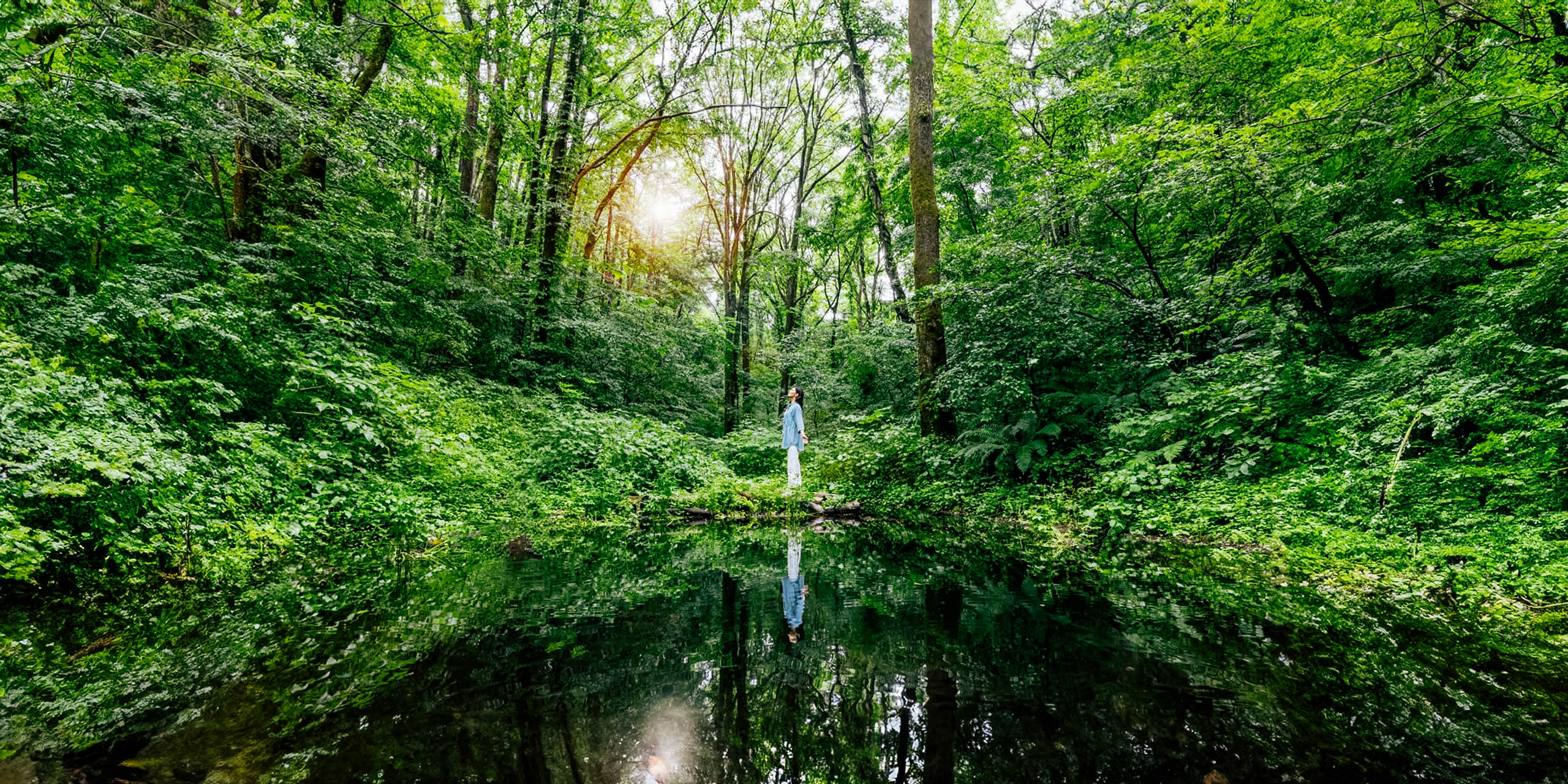
Rooted in ancient traditions, wellness has long been a way of life in Japan, with many therapies passed down through generations. Central to this holistic approach is ikigai—the Japanese concept of finding purpose in life by aligning what you do with what you love. In Japanese culture, discovering your ikigai is believed to be the path to both spiritual and physical well-being. Complementing ikigai is shizen, the idea of living in harmony with nature. Together, these principles form the foundation of Japanese wellness, fostering a balance that nurtures the body, mind, and soul. With Japan’s landscape rich in forests and mountains, the Japanese naturally incorporate the outdoors and natural resources into their wellness practices.
Onsen Bathing
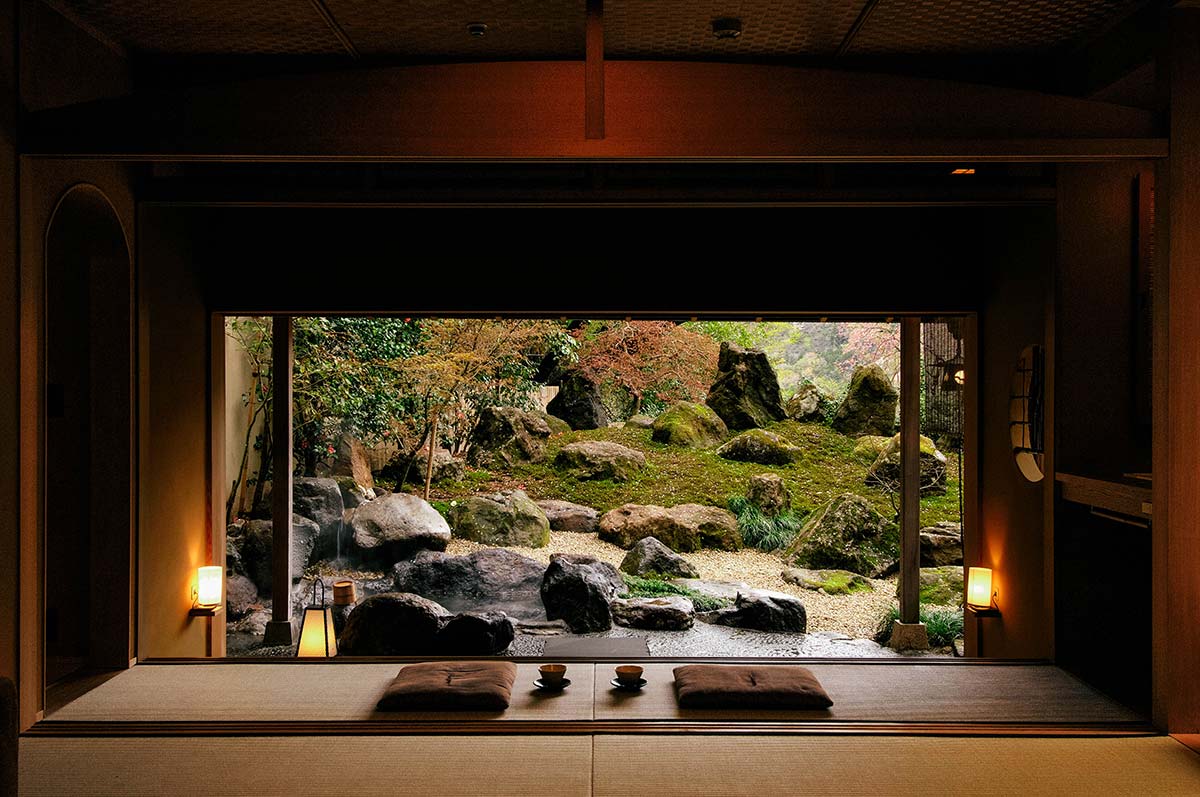
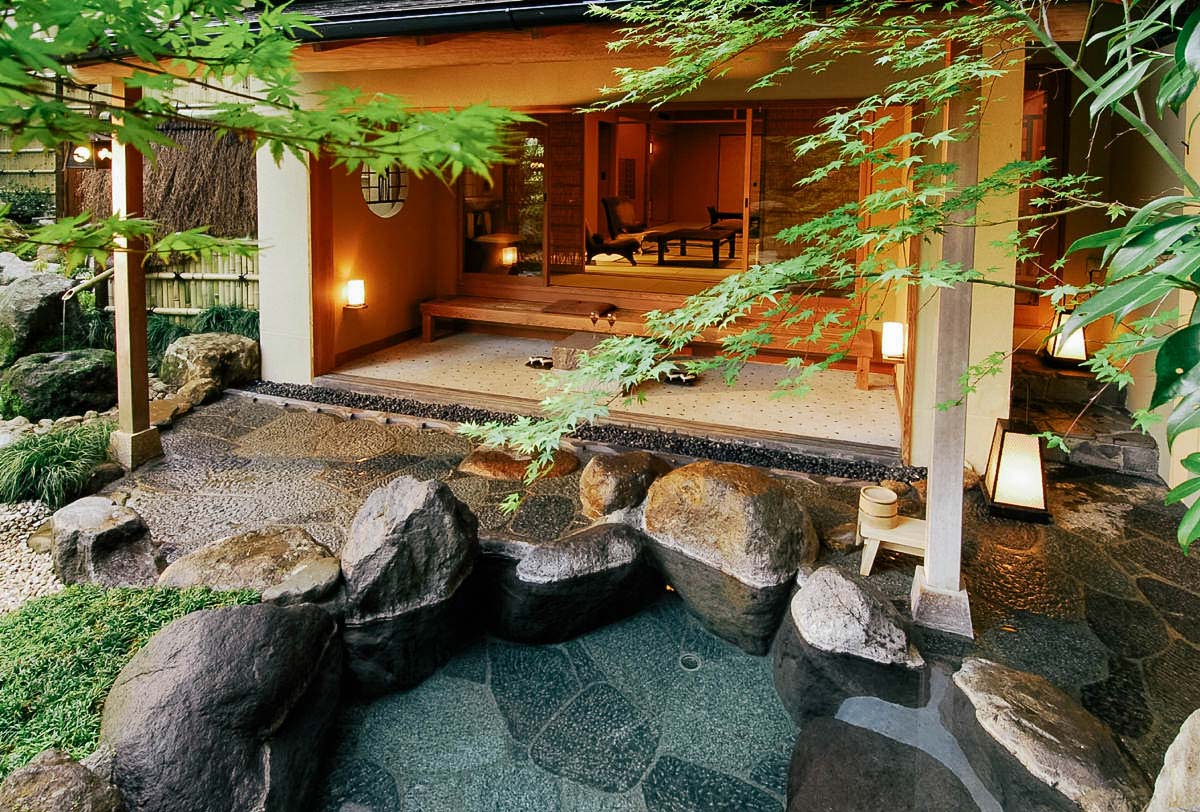
Japan’s volcanic geography has blessed it with an abundance of natural hot springs, or onsen, which lie at the heart of Japanese wellness traditions. Onsen bathing, rooted in Buddhist purification rituals, initially served monks seeking spiritual and physical cleansing. Today, this cherished practice is widely available at traditional ryokan inns. Guests begin with a thorough cleansing ritual before soaking in therapeutic waters, heated to temperatures between 40–44°C. Brief dips are recommended due to the heat, and the mineral-rich water is believed to improve circulation, relieve muscle and joint pain, detoxify the skin, and reduce stress. For a tranquil onsen experience, consider Gora Kadan near Tokyo, a former Imperial family summer residence with serene gardens and forest views.
Anma & Shiatsu
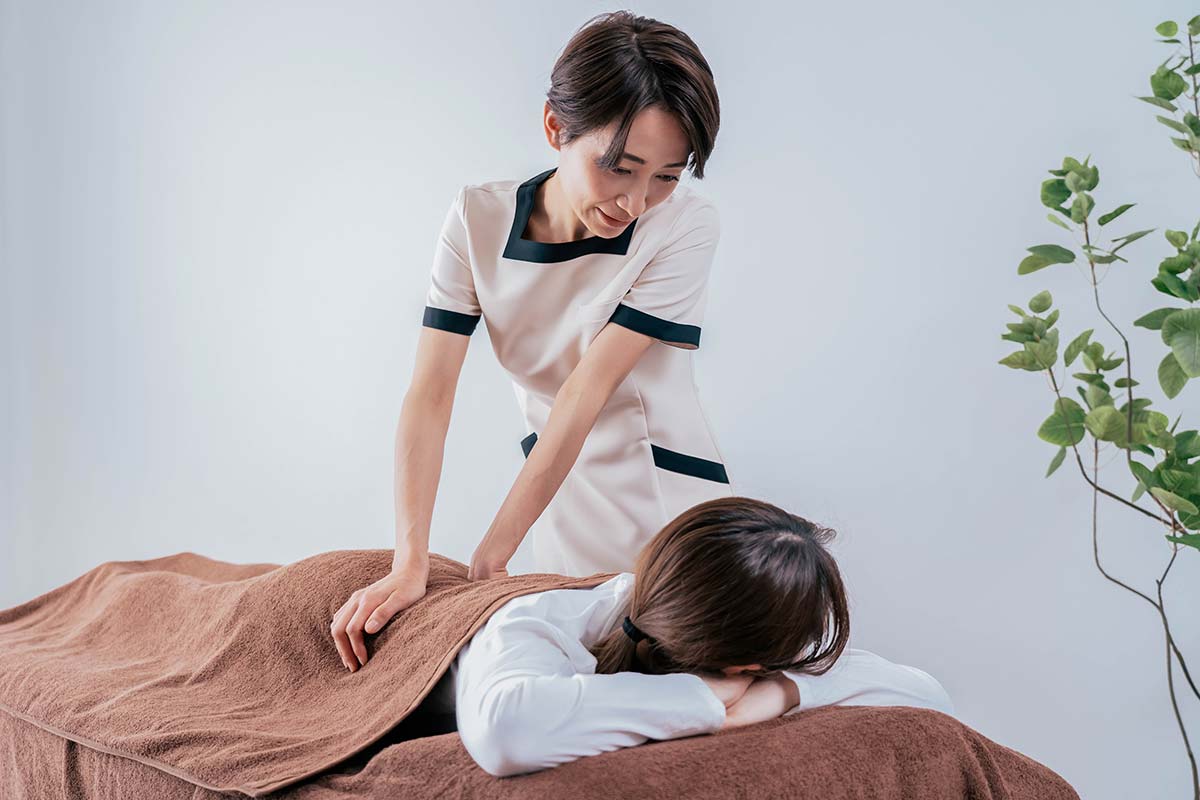
Japanese massage practices draw from ancient techniques focussing on energy flow and relaxation. Anma, introduced from China in the 6th century, emphasizes pressing, kneading, and tapping to relieve tension and stimulate circulation. Practised over clothing, anma aims to release blocked energy, or ki, along the body’s meridians. Shiatsu, developed in the early 20th century, builds on anma techniques with a focus on applying precise finger pressure to specific points along these meridians, making it particularly effective for deep muscular pain, tension, and stress. Other popular Japanese massage forms include head massage, ampuku (abdominal massage for digestive health), and Jin Shin Jyutsu (an energy-balancing therapy).
Shinrin-yoku (Forest Bathing)

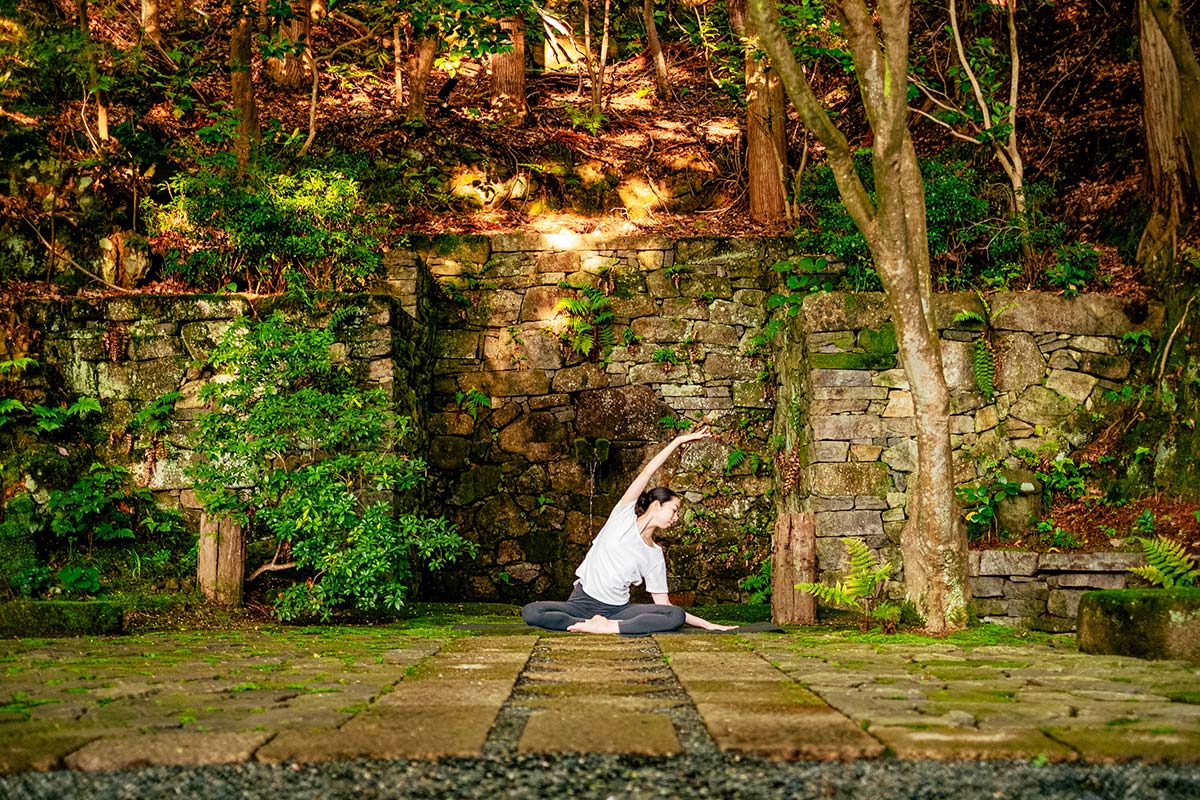
Shinrin-yoku, or forest bathing, emerged in the 1980s to help people reconnect with nature and reduce stress. Drawing from Japan’s respect for nature, particularly within Shinto and Buddhist traditions, shinrin-yoku involves immersing oneself in a forest, mindfully absorbing its sights, sounds, and smells. The practice emphasizes slowing down to cultivate relaxation and presence. Studies indicate that time spent in forests can lower cortisol levels, reduce heart rate and blood pressure, and improve mental well-being. Trees also release phytoncides, natural oils believed to boost the immune system. For a truly immersive experience, Aman Kyoto offers shinrin-yoku along with yoga sessions in forest clearings near the foot of Mount Daimonji.
Sake-Infused Baths
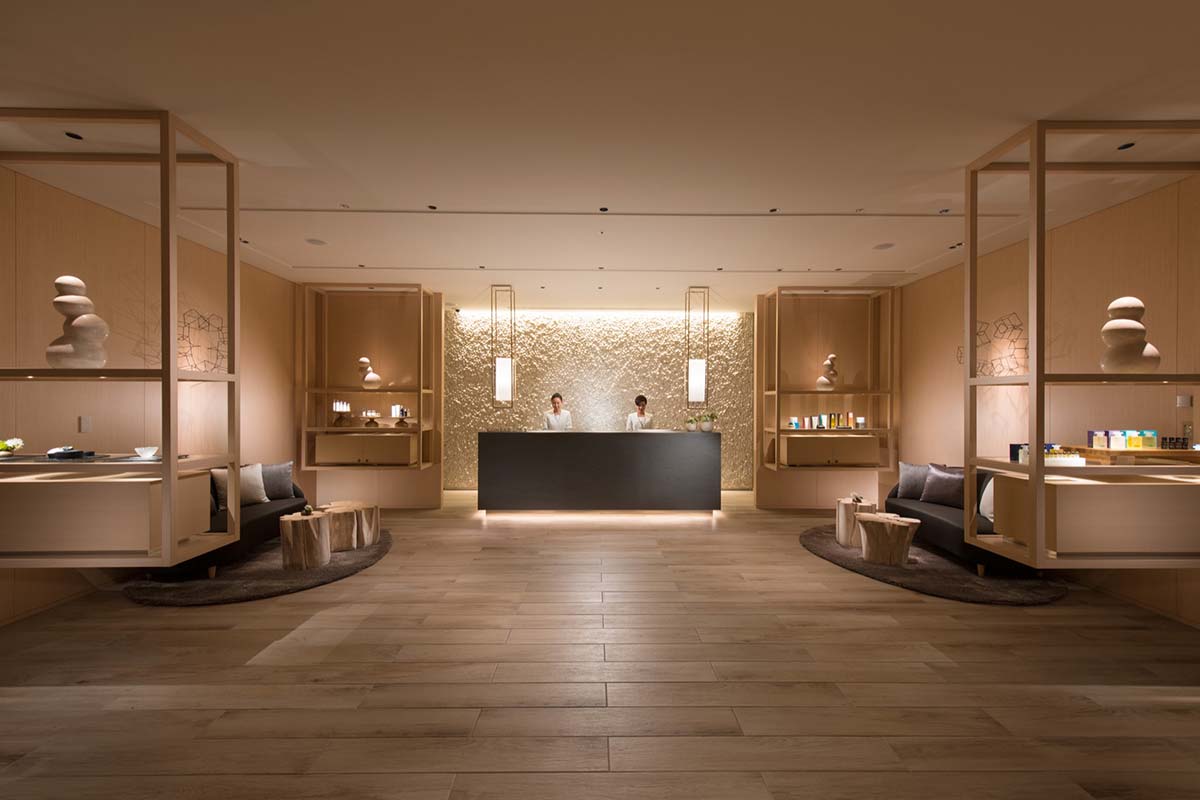
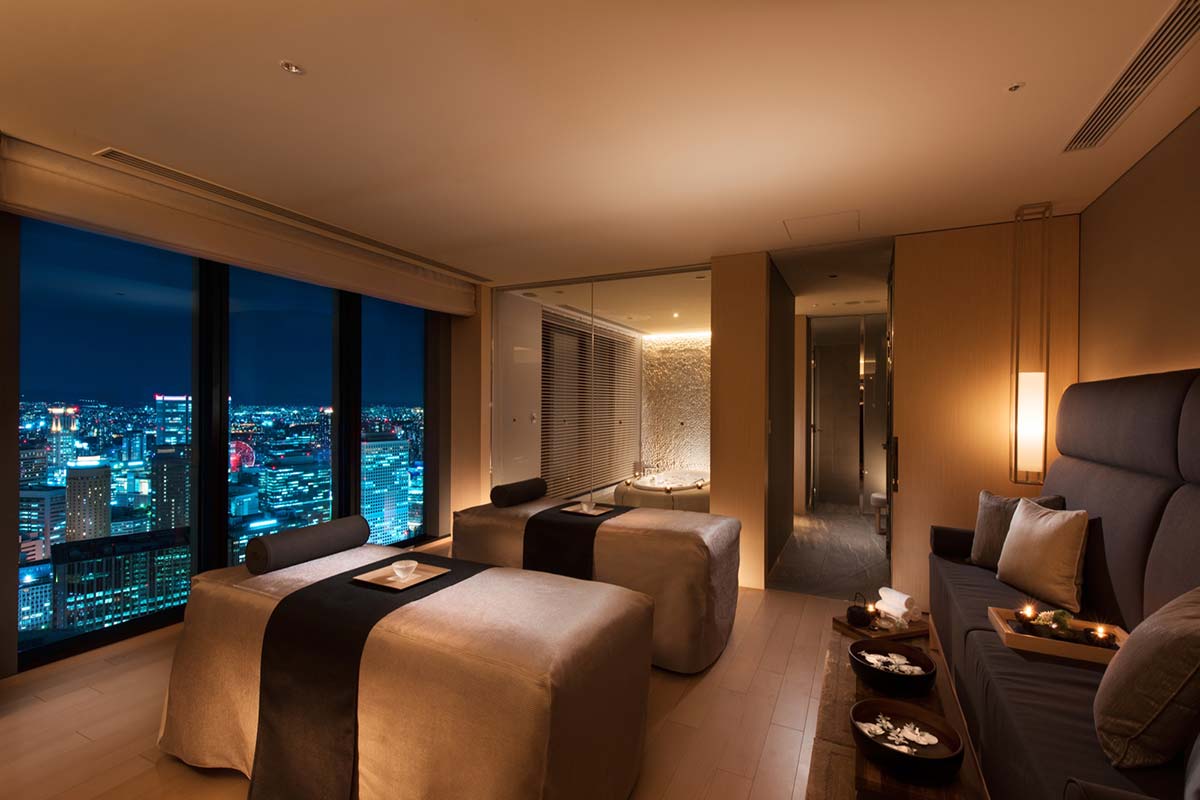
While you may think of sake as Japan’s national drink, it’s also increasingly popular in wellness treatments for its beneficial effects on the skin. Historically used in cleansing rituals, sake contains kojic acid and enzymes that exfoliate, brighten, and hydrate. A sake-infused bath helps to remove dead skin cells, promote collagen production, and leave skin feeling soft and revitalized. Conrad Osaka offers sake baths for those seeking this unique experience. For a refreshing alternative, they also provide yuzu-infused baths—this citrus fruit releases nutrients that soothe and nourish the skin when added to bathwater.
Ganban-yoku (Stone Bathing)

Ganban-yoku, or stone bathing, is a relatively modern Japanese therapy that involves lying on heated volcanic stones in intervals of 10 to 15 minutes. Unlike the intense heat of traditional saunas, ganban-yoku offers a gentler experience, with smooth stones radiating far-infrared rays and negative ions. These natural elements penetrate deeply, promoting detoxification through perspiration, improving circulation, and relieving muscle tension. It’s a relaxing way to detoxify and unwind, especially in a country where wellness practices are closely connected to nature.
Beyond the Basics
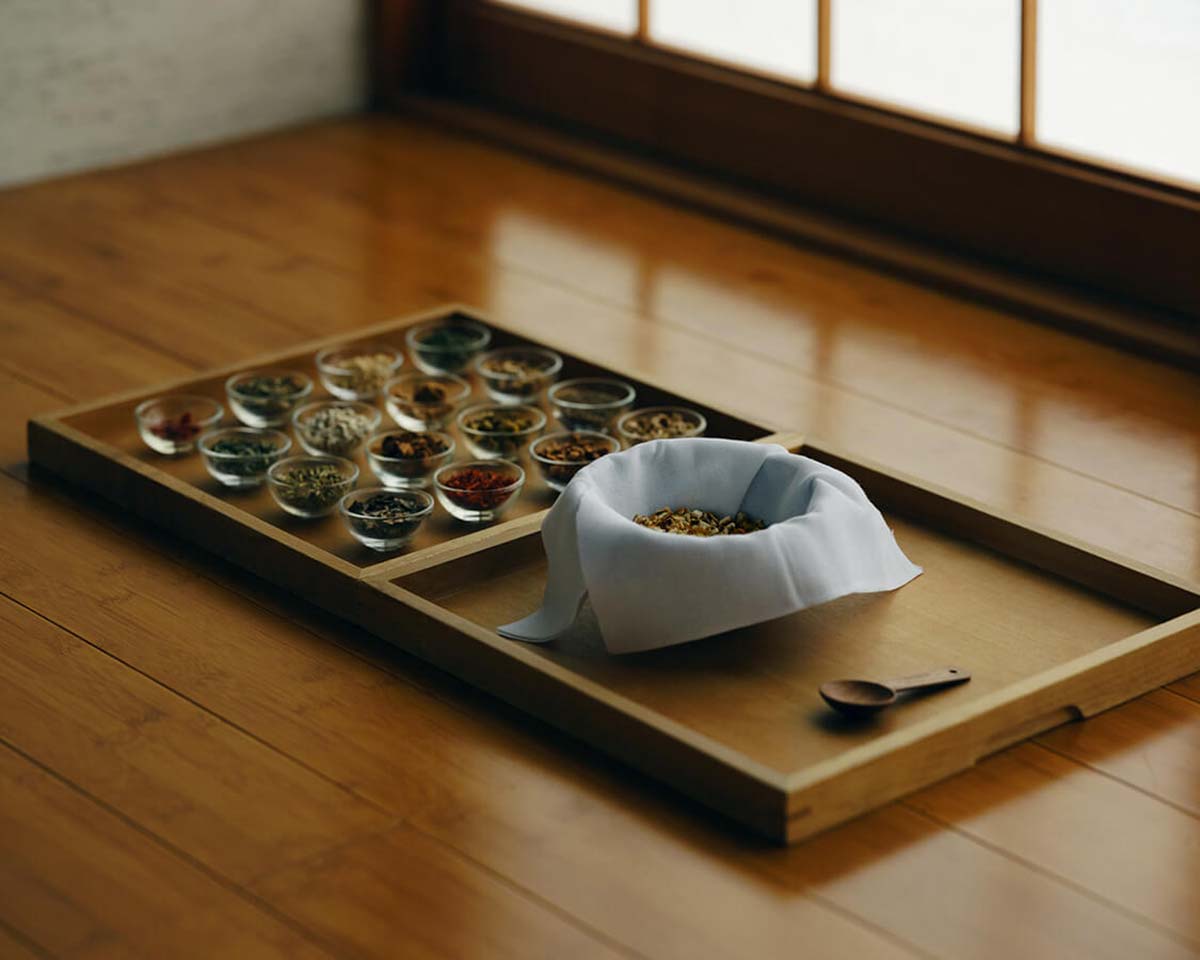
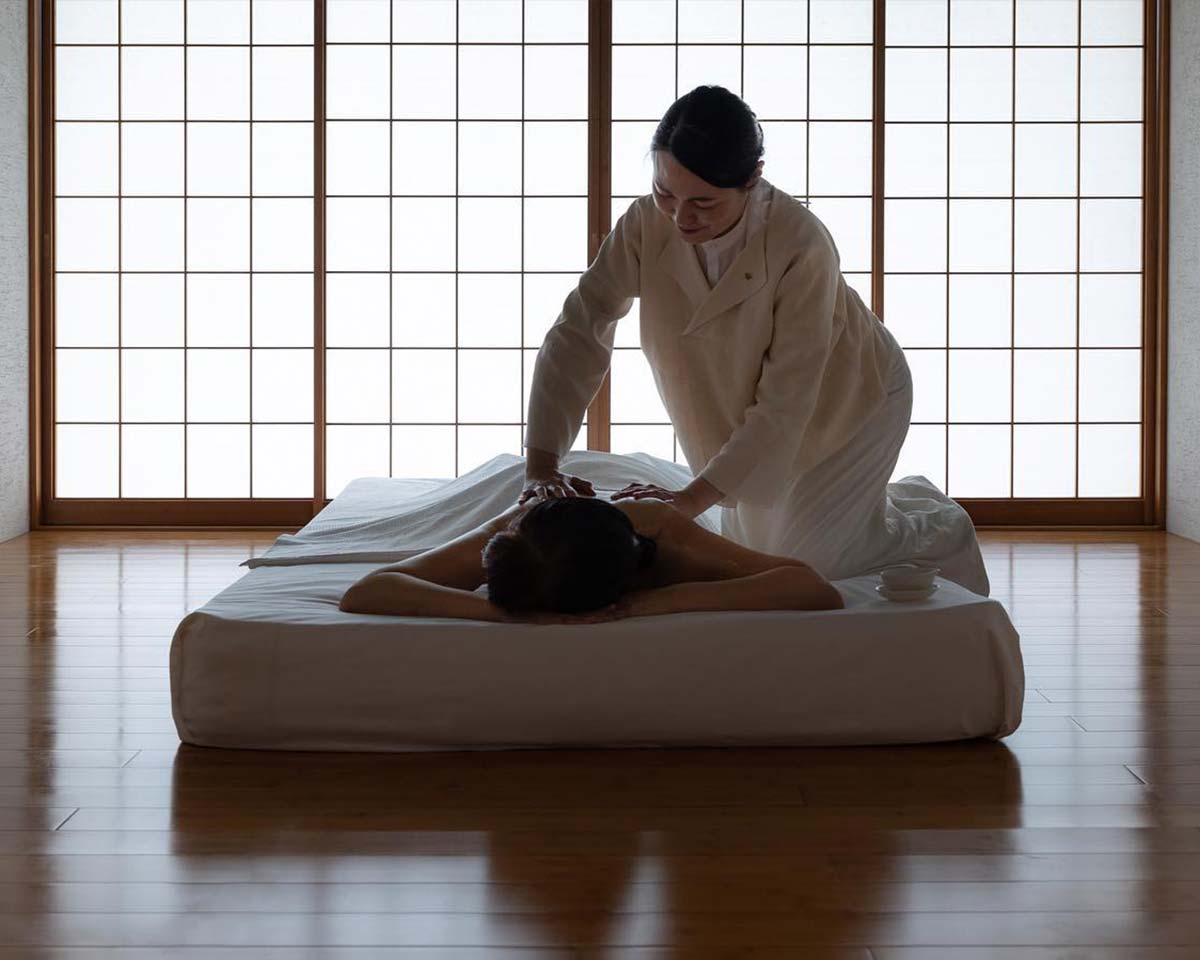
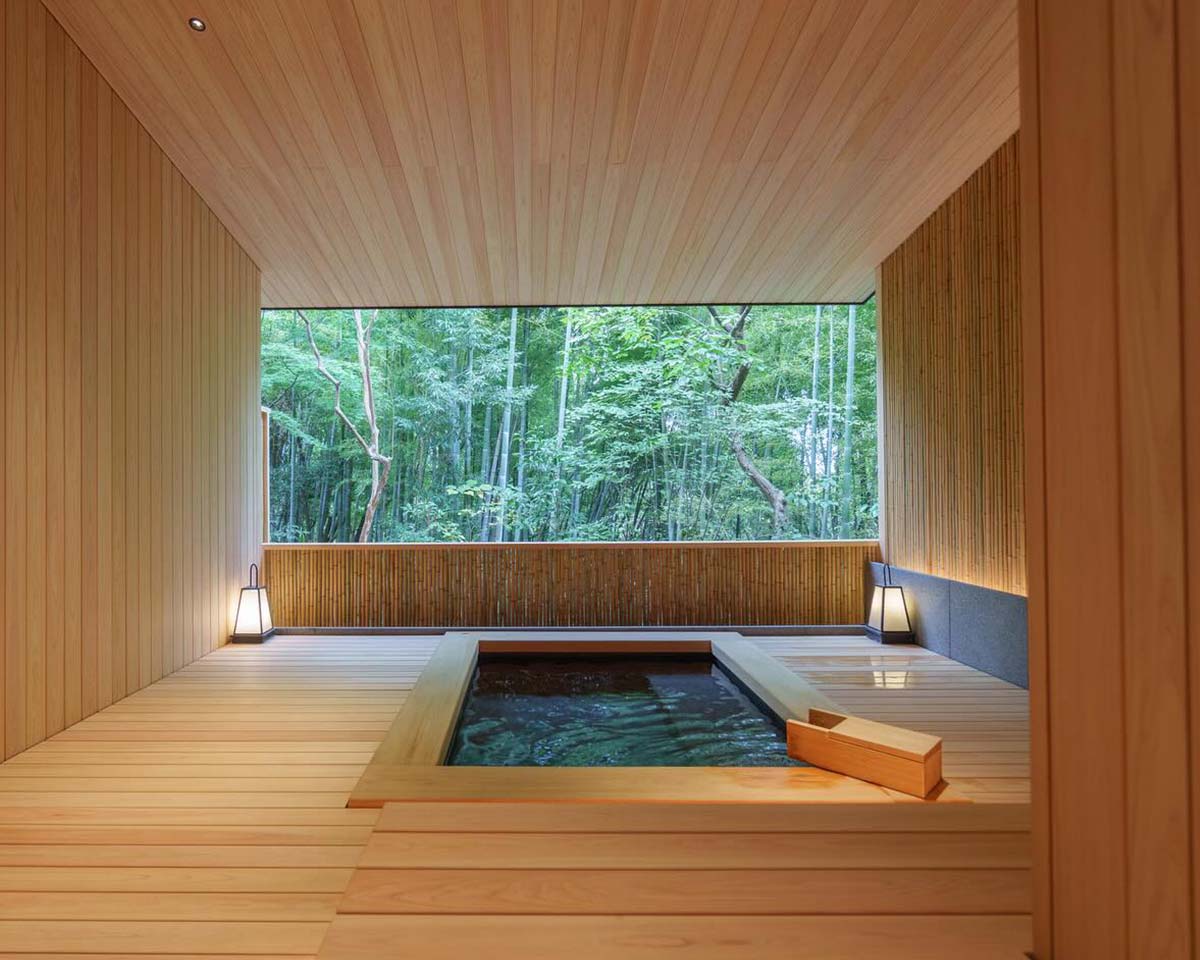

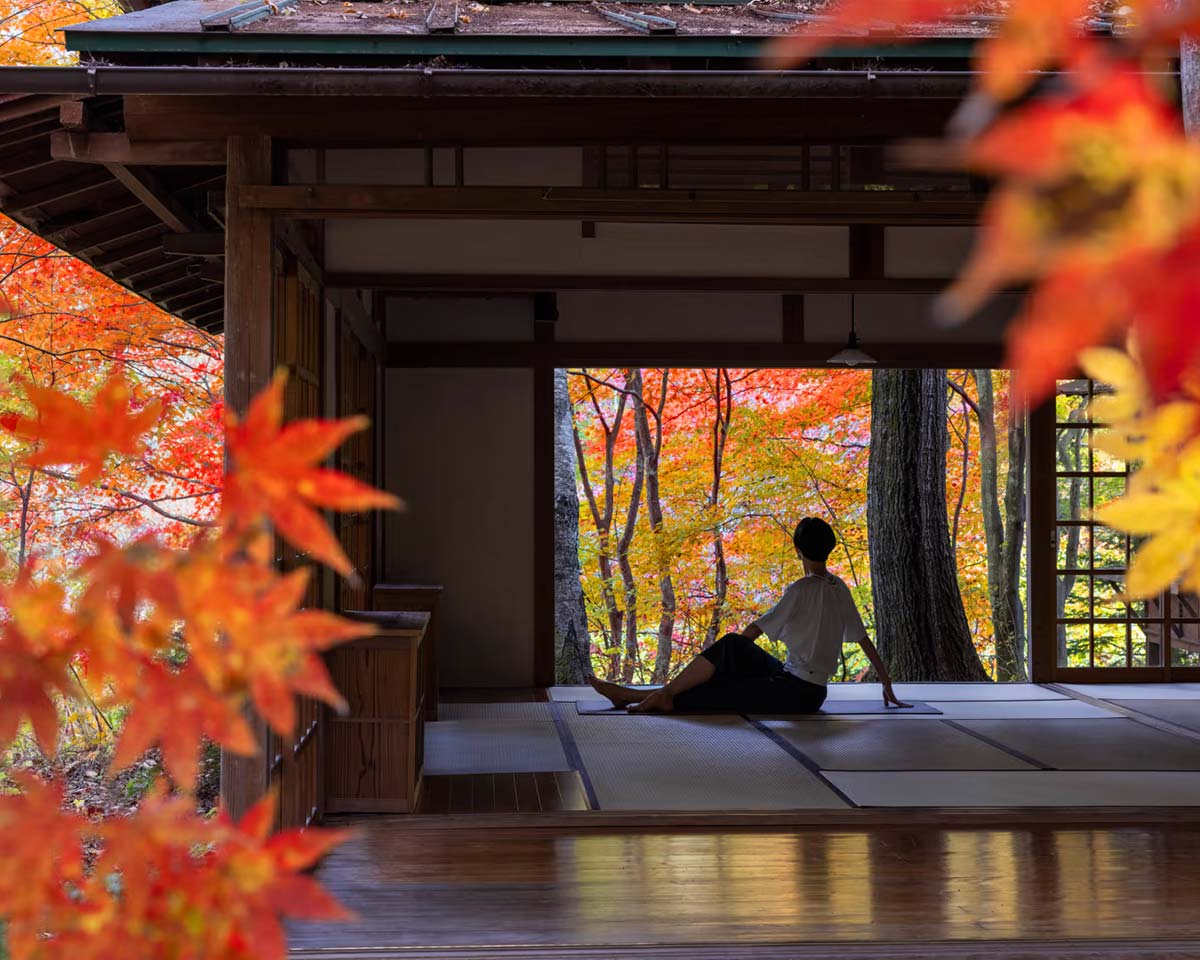
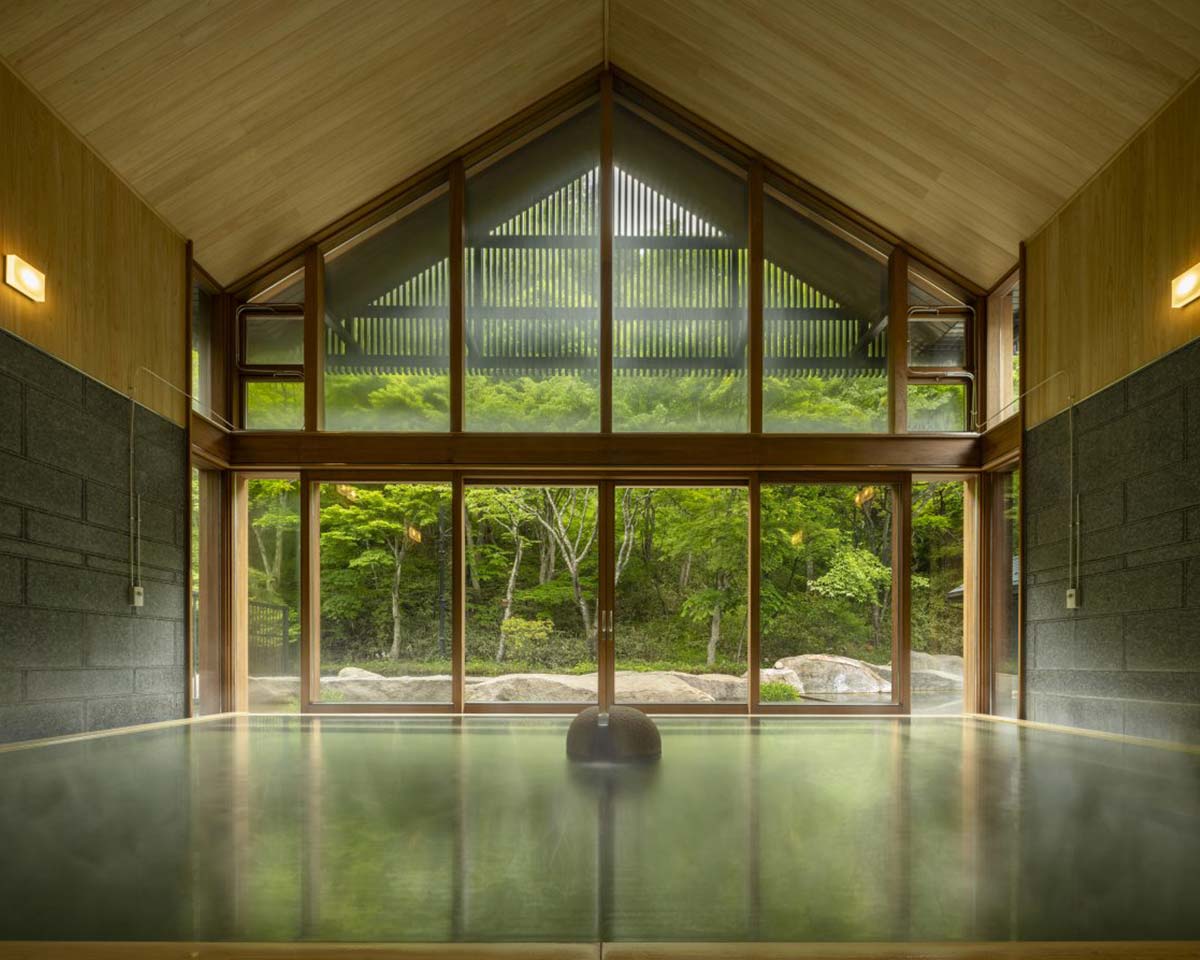
Japan’s commitment to wellness extends far beyond these practices, with many hotels offering personalized treatments inspired by local traditions. For example, Beniya Mukayu in the scenic Ishikawa prefecture offers the Yakushiyama body treatment, using spring water and medicinal herbs to restore balance and support mental clarity. Similarly, Hoshinoya Karuizawa, nestled in dense mountain forests beside the Yukawa River, curates wellness programs that include shiatsu, forest bathing, and breathing exercises. The resort also provides seasonal wellness retreats in summer and autumn, immersing guests in the surrounding natural beauty while engaging in traditional Japanese wellness activities.
